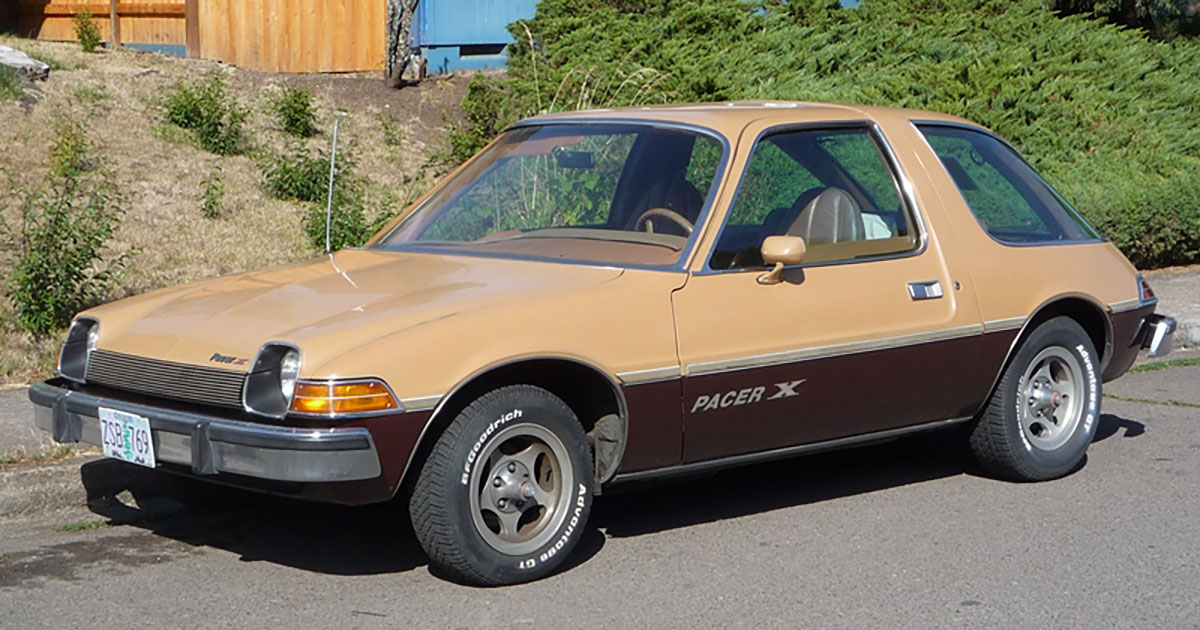The Worst Cars From the 1970s
The ‘70s are known for producing some of the greatest muscle cars of all time. It was the era of big engines, big torque and the concept of a ten-second car. This list will feature none of those behemoths. Instead, we’re going to look at the worst cars to come from this era. While the sports departments were building iconic legends of the motoring community, others in the world of car design were giving a sound reason and good ideas the old heave-ho, while they produced these less than stellar options. While some of the problems associated with these cars stem from responses to the oil crises in ‘73 and again in ‘79, as well as increased regulations passed during the second half of the decade, many are the results of poor decision making and cost-cutting in the wrong places.
1975 AMC Pacer
American Motor’s put out this wide riding compact as a response to the growing market for small, fuel-efficient cars. The car’s width didn’t scale down with the rest of the vehicle, giving it a broad stance and amplifying the massive amount of glass that housed the cab. The Pacer tried to break a lot of new ground when it first released, introducing the mass market to the cab-forward design. The body of the Pacer was over a third glass, which garnered the nickname the “flying fishbowl.” Unfortunately, for everything the Pacer tried to do, it failed to meet the fuel economy of imported rivals, partly because AMC was forced to use their existing straight-six engine after GM stopped producing the rotary engine the Pacer was initially designed to house. This unexpected hiccup forced last-minute changes to the engine bay, and the larger engine couldn’t compete with the efficiency of four-cylinder engines offered elsewhere.
Our next model belongs at the bottom of the ocean, just as its name suggests.
1971 Morris Marina

This little British model has been bullied pretty extensively since it hit the roads. While the vehicle sold just fine - Morris, owned by British Leyland, put out a quarter million vehicles in under two years - the car is severely lacking in retrospect. The first 30,000 or so vehicles were produced with an incorrect suspension setup which resulted in little to no camber change of the front wheels during turns. This led to notable understeer in the review cars that went to media outlets. Morris fixed the issue, but more problems with the vehicle extended beyond poor handling. From its conception, the Marina was the result of many cost-saving compromises, including using the sedan model doors on the coupe version, making what was supposed to be the superior sports model into an oddly styled pared down version of the base sedan. If the understeer didn’t get you, the ineffective dampers on the rear that facilitated more than a comfortable level of bump steer on rough roads would.
Our next car is another British Leyland rolling bucket of fail.
